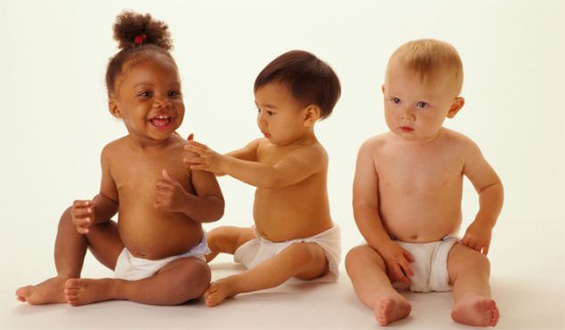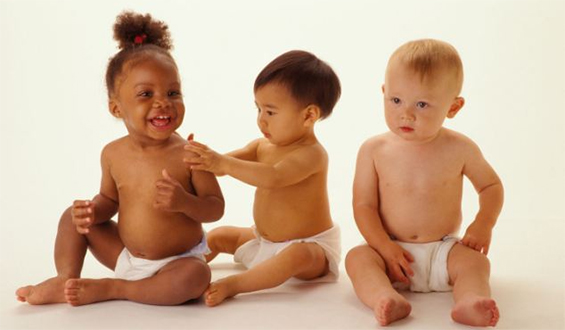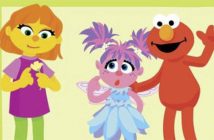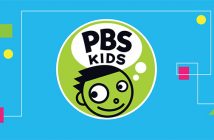
New research out of the University of Delaware has found that infants can be trained to undo the unconscious racial biases they were previously found to hold.
The findings come as part of an ongoing multi-country collaboration that has been conducted by Paul Quinn, professor of psychological and brain sciences at the University, for the last 10 years through the help of a National Institutes of Health grant. Working with researchers from Canada, France and China, the team has been exploring the ability of infants to categorize faces by race and gender.
Noting the amount of time that infants spent looking at photos of faces, Quinn observed that beginning at 3 months of age, children tend to prefer photos of faces that they typically see more often in their daily lives. In particular, babies enjoyed looking at photos of females who were of the same race as themselves.
As the infants approached 9 months of age, they could not only determine different racial categories, but also were less able to distinguish between individuals of lesser-known races. One example found Caucasian infants being able to clearly identify Caucasian faces, but not as likely to see Asian or African faces, reports Ellie Zolfagharifard for The Daily Mail.
“Our original thinking about the 9-month-old findings was that this process that we call ‘narrowing’ is based on visual perception, not any social bias,” Quinn said. “But then the question we asked was: Might these perceptual biases we see in infants be related to the social biases that we see in older kids, beginning at 3 or 4 years of age, and adults?
“And if they are, can we use a technique to reduce bias? As we tried to answer this question, we hit on the idea that if the perceptual and social biases are linked, we might be able to reduce the social bias by perceptual means.”
For the new study, scientists in China combined photos of Asian faces with that of African faces to make one single race. Some of the photos showed smiling individuals while other faces looked angrier. The images were then showed to groups of 4 and 6 year olds who identified the smiling faces as Asian and the severe faces as African, a group of people they were not used to seeing.
Researchers then showed the children five different African faces, giving each of them a name. The names were repeated until the children associated the names with the faces. The children were then shown the happy and angry faces again, at which point their bias toward a particular race had significantly dropped.
“This process of getting the kids to respond to the [five African]faces as individuals, not as a category, only takes 15-30 minutes, and it made a significant difference,” Quinn said. “It suggests that what is a social bias has [visual]perceptual components and that it can be disrupted.”
Quinn added that further research is needed to determine how long the effects last.




